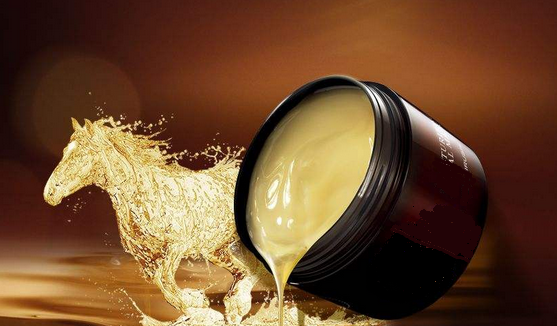July 2010 Nature publishes articles on the use of high-throughput microfluidics to study the operation of single-cell biological systems
Introduction
In a dynamic environment, cells work through the interaction of genetic pathways. Mammalian immune responses are a striking example of the synergy of different types of cells. Cell-to-cell communication is primarily mediated by the formation of temporal and spatial concentration gradients of signal molecules, which requires cells to respond to a wide range of signal intensities. The article microfluidic cell culture using high-throughput (high-throughput microfluidic cell culture) and fluorescence microscopy, quantitative analysis of gene expression studies and mathematical models in the end means to assess how a single mammalian cell signaling molecules to different concentrations of TNF - α produces a corresponding response. The value of high-throughput gene quantification at the single-cell level to study how biological systems work is highly recognized.
Letter
Nature 466, 267-271 (8 July 2010) | doi:10.1038/nature09145; Received 29 December 2009; Accepted 28 April 2010; Published online 27 June 2010
Single-cell NF- κ B dynamics reveal digital activation and analogue information processing Sava ş Tay1,2,4, Jacob J. Hughey1,4, Timothy K. Lee1, Tomasz Lipniacki3, Stephen R. Quake1,2 & Markus W. Covert1
1. Â Department of Bioengineering, Stanford University, Stanford, California 94305, USA
2. Â Howard Hughes Medical Institute, Stanford, California 94305, USA
3. Â Institute of Fundamental Technological Research, Warsaw 02-106, Poland
4. Â These authors contributed equally to this work.
Abstract
Cells operating in dynamic environments using extraordinary communication capabilities that emerge from the interactions of genetic circuitry. The mammalian immune response is a striking example of the coordination of different cell types 1. Cell-to-cell communication is primarily mediated by signalling molecules that form spatiotemporal concentration Gradients, requiring cells to respond to a wide range of signal intensities2. Here we use high-throughput microfluidic cell culture3 and fluorescence microscopy, quantitative gene expression analysis and mathematical modelling to investigate how single mammalian cells respond to different concentrations of the signaling molecule tumour-necrosis Factor (TNF) -α , and relay information to the gene expression programs by means of the transcription factor nuclear factor (NF)- κ B. We measured NF- κ B activity in thousands of live cells under TNF- α doses covering four orders Of magnitude. We find, in contrast to population-level studies with Bulk assays2, that the activation is heterogeneous and is a digital process at the single-cell level with the cells responding at lower doses. Cells also encode a subtle set of analogue parameters to modulate the outcome; these parameters include NF- κ B peak intensity We developed a stochastic mathematical model that reproduces both the digital and analogue dynamics as well as most gene expression profiles at all measured conditions, constituting a broadly applicable model for TNF- α -induced NF- κ B signalling In various types of cells. These results highlight the value of high-throughput quantitative measurements with single-cell resolution in understanding how biological systems operate.
Products collected from living horses include mare's milk, used by people with large horse herds, such as the Mongols, who let it ferment to produce kumis. Horse blood was once used as food by the Mongols and other nomadic tribes, who found it a convenient source of nutrition when traveling. Drinking their own horses' blood allowed the Mongols to ride for extended periods of time without stopping to eat.The drug Premarin is a mixture of estrogens extracted from the urine of pregnant mares (pregnant mares' urine), and was previously a widely used drug for hormone replacement therapy.The tail hair of horses can be used for making bows for string instruments such as the violin, viola, cello, and double bass. They are also used
for shaving and cosmetics products. Tetanus vaccines are still made from
the blood of immunized horses.

Other horse byproducts
Other Horse By Products,Horse Hair,Horse Hair for Wig,Horse Hair for String
Jiangxi Institute of Biological Products Inc. , https://www.jxinstitute.com